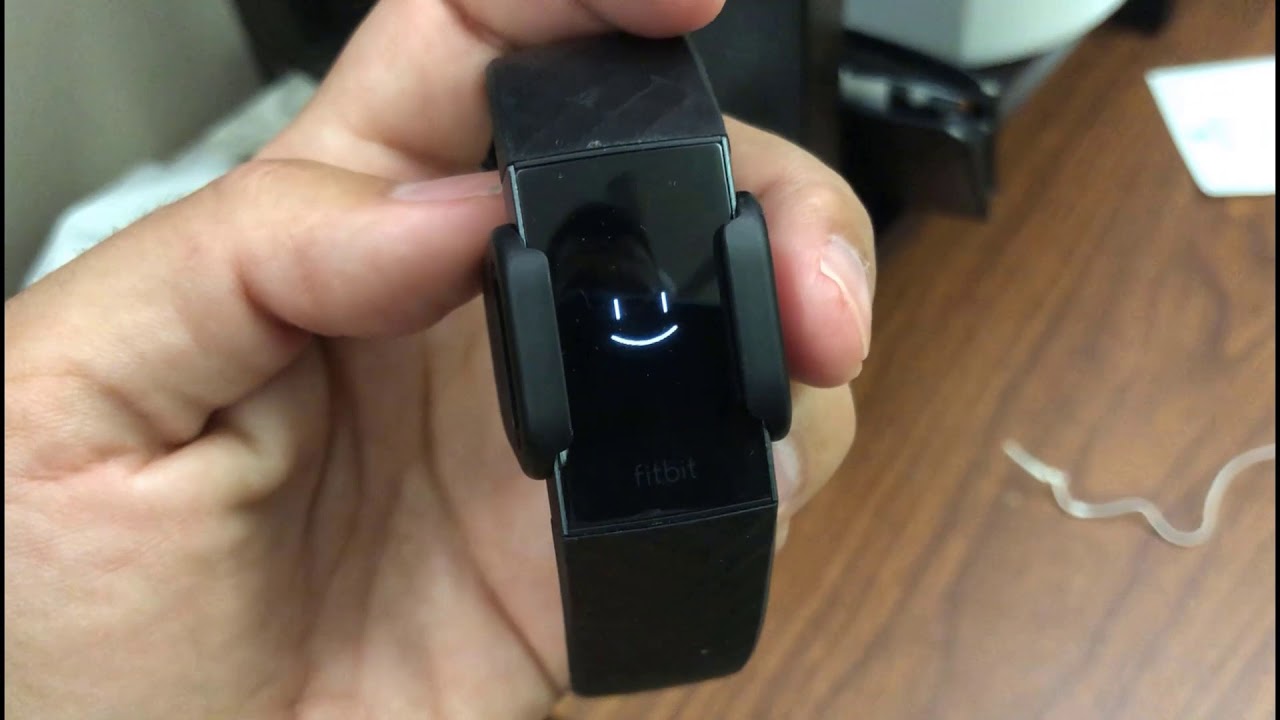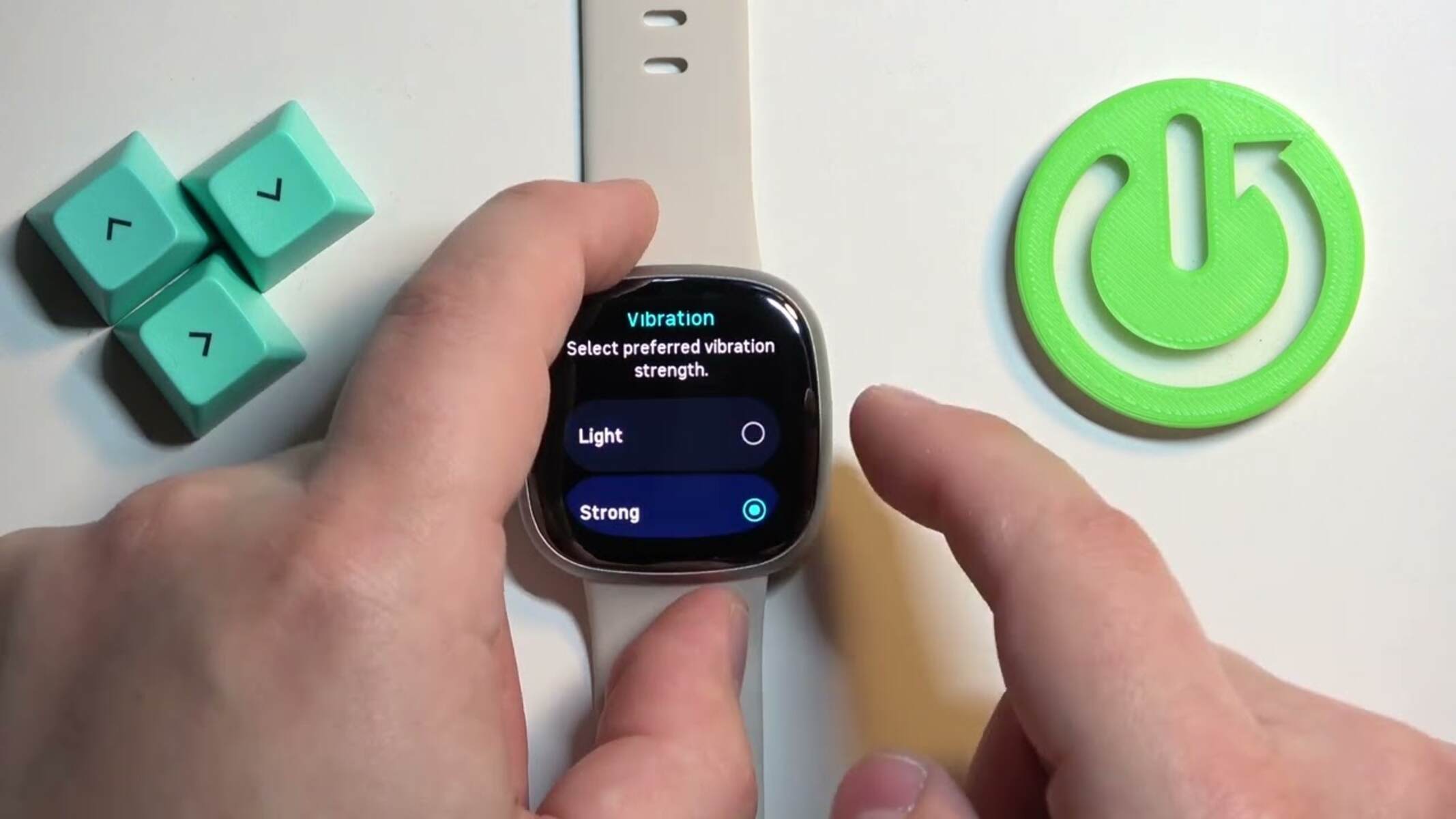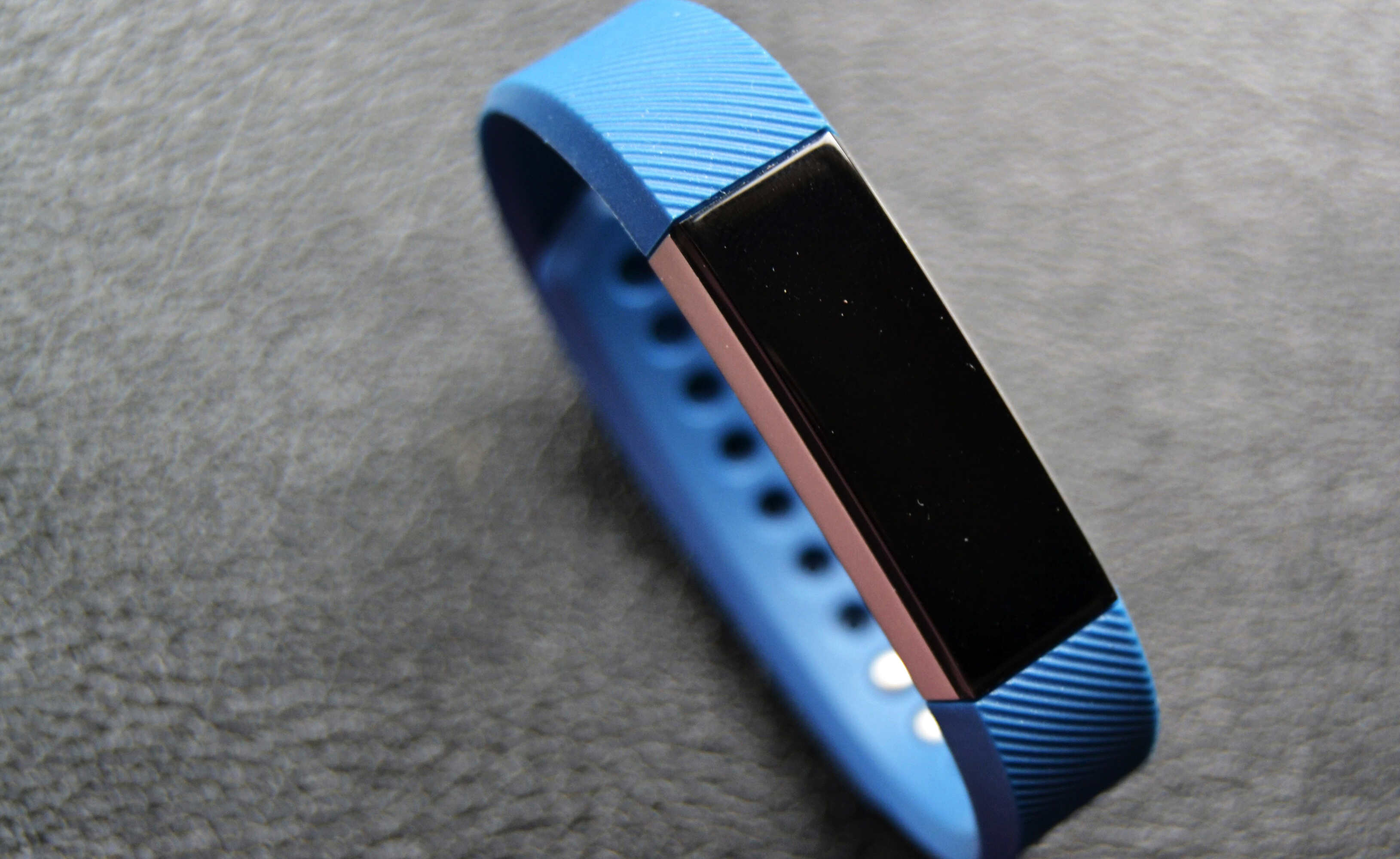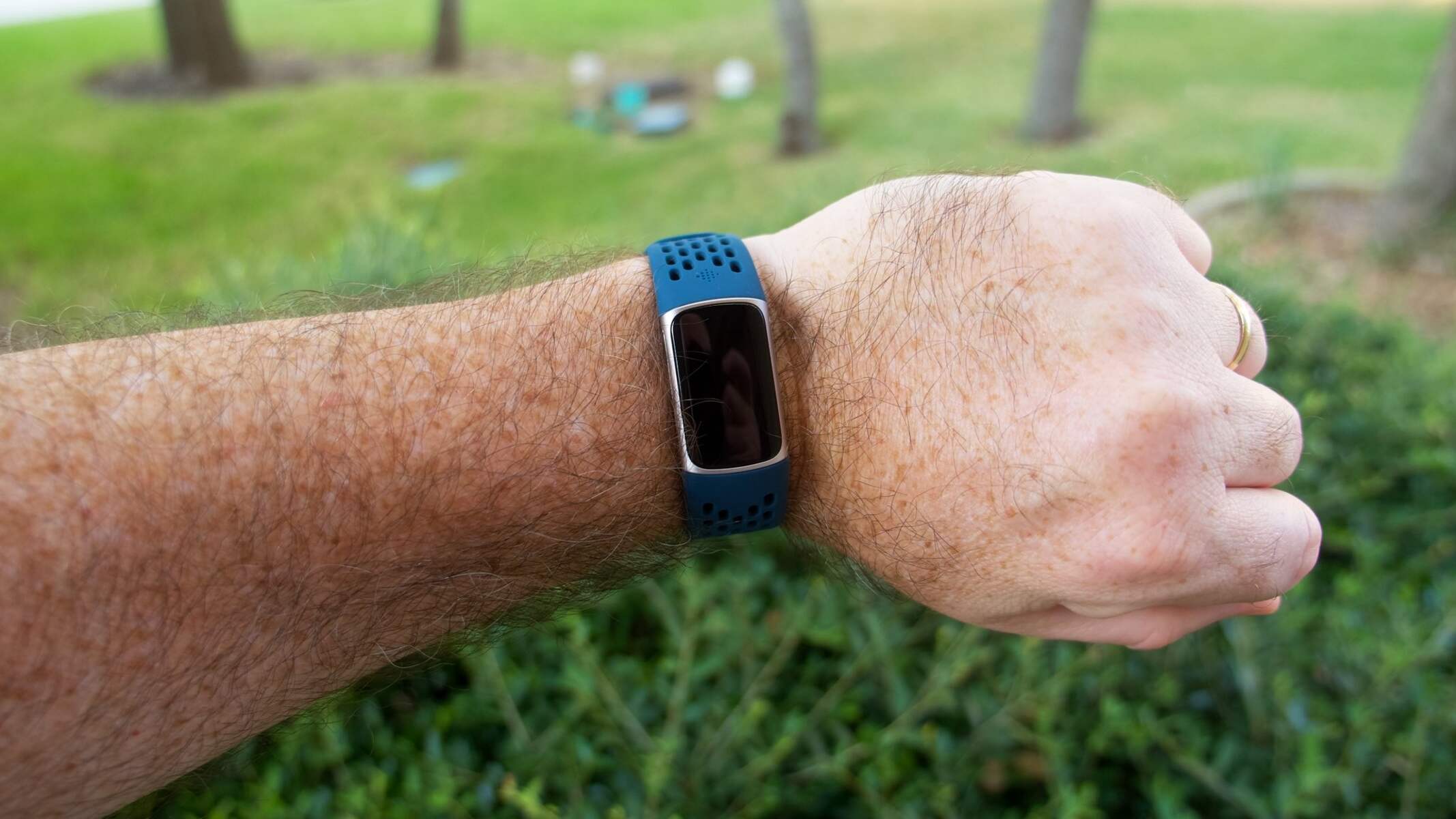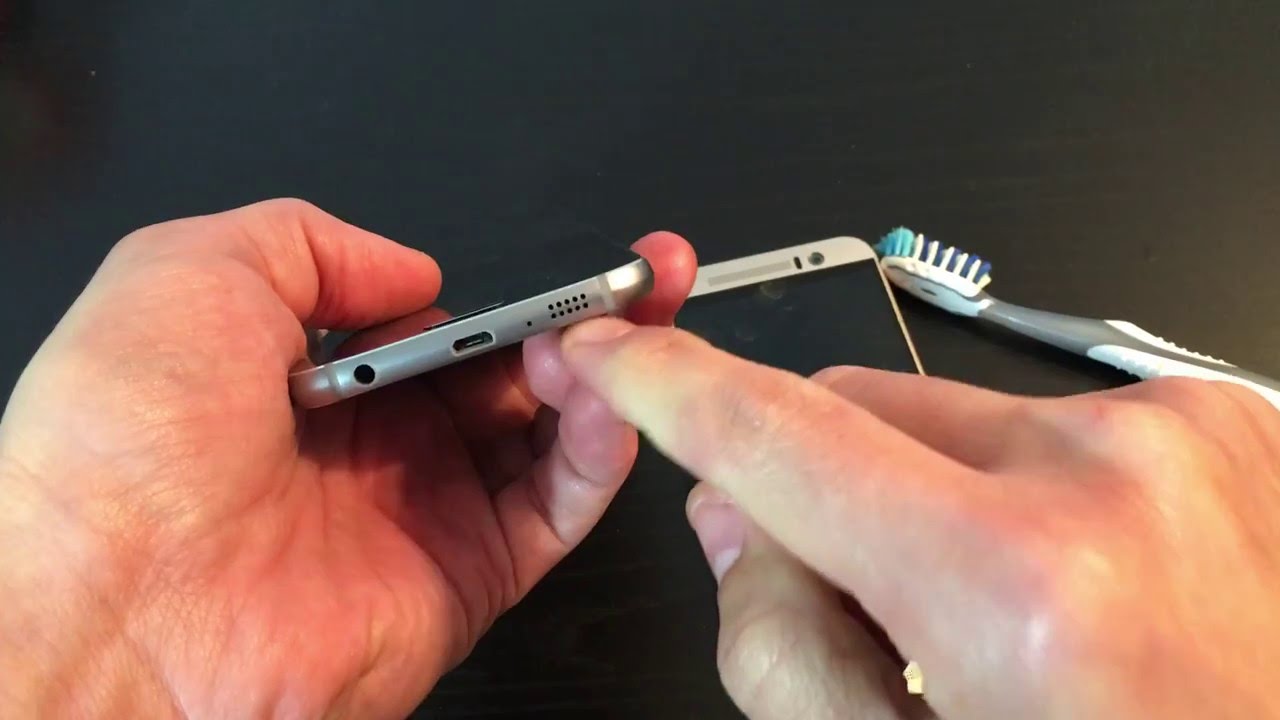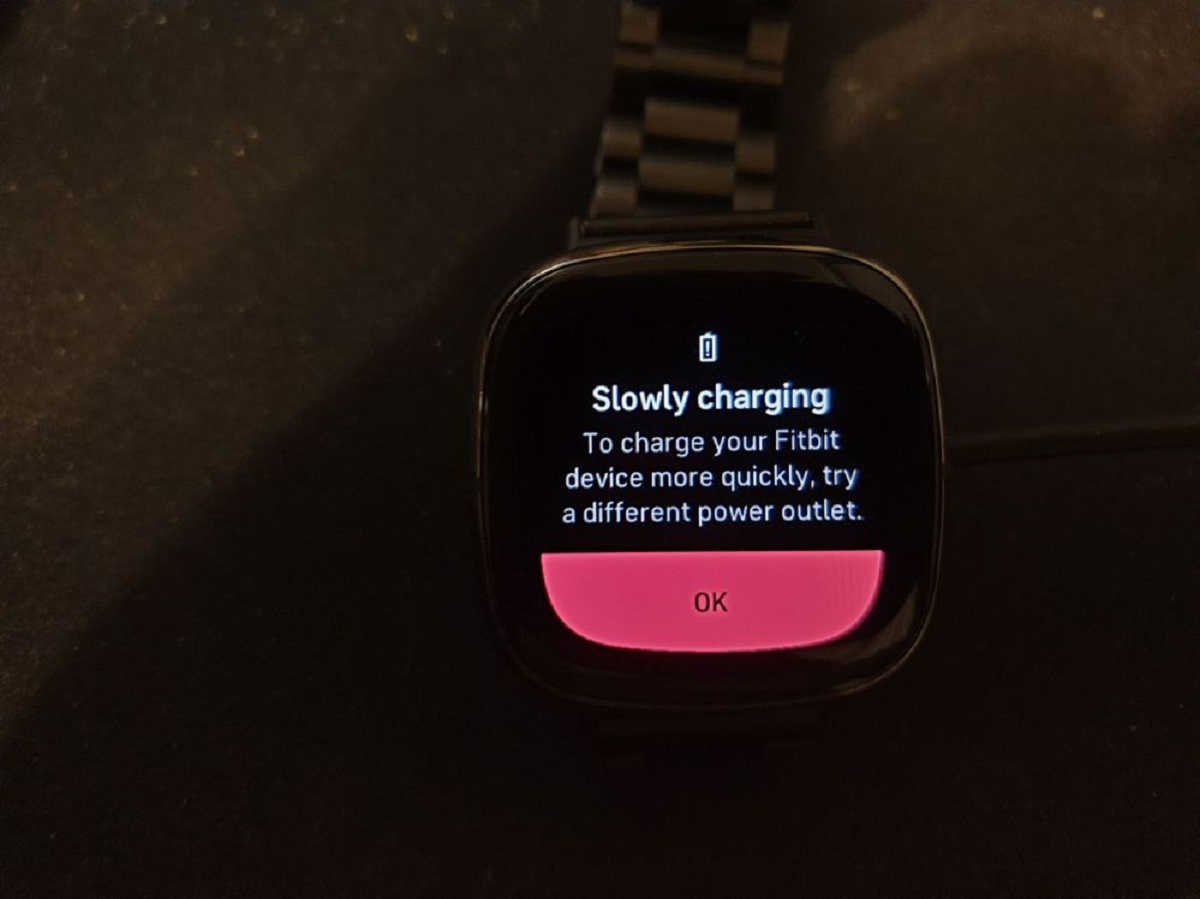Introduction
When it comes to wearable technology, Fitbit has established itself as a frontrunner in the market, offering a range of innovative and stylish devices designed to help users track their fitness and overall well-being. However, despite the numerous benefits and features that Fitbit devices offer, some users may encounter a common issue: buzzing or vibrating problems. This can be frustrating and disruptive, potentially impacting the overall user experience.
In this comprehensive guide, we will delve into the common causes of buzzing issues with Fitbit devices and explore effective solutions to troubleshoot and resolve these issues. Whether you're a long-time Fitbit enthusiast or a newcomer to the world of wearable fitness trackers, understanding the underlying reasons behind buzzing problems and knowing how to address them can make a significant difference in maximizing the utility and enjoyment of your Fitbit device.
Join us as we unravel the mysteries of Fitbit buzzing issues, empowering you with the knowledge and practical tips needed to overcome these challenges and get the most out of your Fitbit experience. Let's embark on this journey to uncover the root causes of buzzing problems and equip ourselves with the tools to tackle them head-on.
Common Causes of Fitbit Buzzing Issues
-
Software Glitches: Fitbit buzzing issues can often stem from software glitches or bugs within the device's operating system. These glitches may cause the device to vibrate unexpectedly or exhibit erratic buzzing behavior, disrupting the user experience.
-
Firmware Updates: In some cases, buzzing problems may arise following a firmware update. While updates are intended to enhance the functionality of the device, they can occasionally introduce unforeseen issues, including buzzing irregularities.
-
Physical Damage: Physical damage to the internal components of the Fitbit device, such as the vibration motor, can lead to buzzing problems. Accidental drops or impacts can compromise the integrity of the device, resulting in disruptive buzzing or vibrating behavior.
-
Moisture Exposure: Exposure to moisture or sweat can adversely affect the internal mechanisms of the Fitbit device, potentially leading to buzzing issues. Moisture infiltration can disrupt the proper functioning of the vibration motor, causing it to behave erratically or produce excessive buzzing.
-
Battery Issues: A deteriorating or faulty battery can contribute to buzzing problems in Fitbit devices. Insufficient power supply or irregular voltage output from the battery may trigger buzzing behavior, indicating an underlying issue with the power management system.
-
Sensor Interference: Interference from external sources, such as electromagnetic fields or other electronic devices, can interfere with the sensors and circuits within the Fitbit device, leading to buzzing irregularities.
-
Worn-out Components: Over time, the internal components of the Fitbit device, including the vibration motor, may experience wear and tear, diminishing their performance and causing buzzing issues to manifest.
-
Compatibility Issues: Compatibility conflicts with the paired smartphone or other connected devices can result in buzzing problems. Incompatibility between the Fitbit device and its associated apps or firmware may lead to disruptive buzzing behavior.
Understanding the common causes of Fitbit buzzing issues is crucial for effectively troubleshooting and resolving these issues. By identifying the underlying factors contributing to buzzing problems, users can take targeted steps to address these issues and restore the optimal functionality of their Fitbit devices.
Solutions for Fitbit Buzzing Issues
Addressing buzzing issues with Fitbit devices requires a systematic approach to troubleshooting and implementing effective solutions. By understanding the potential remedies for buzzing problems, users can regain control over their Fitbit experience and mitigate the disruptions caused by erratic buzzing or vibrating behavior. Below are practical solutions to combat buzzing issues and restore the optimal functionality of Fitbit devices:
-
Software Updates and Resets: Initiating a software update for the Fitbit device can often resolve buzzing issues by addressing underlying software glitches or bugs. Additionally, performing a device reset can help recalibrate the internal software, potentially eliminating the root cause of buzzing irregularities.
-
Firmware Reinstallation: If buzzing problems persist after a firmware update, reinstalling the firmware can rectify any inconsistencies that may have arisen during the initial update process. This can effectively address firmware-related buzzing issues and restore the device to its intended functionality.
-
Physical Inspection and Maintenance: Conducting a thorough inspection of the Fitbit device for signs of physical damage or moisture infiltration is crucial. If physical damage is detected, seeking professional maintenance or repair services can rectify the underlying issues contributing to buzzing problems.
-
Battery Replacement: In cases where buzzing issues are linked to battery irregularities, replacing the battery with a genuine Fitbit-certified replacement can resolve power-related buzzing problems. A new battery can ensure consistent power supply and voltage output, mitigating buzzing irregularities.
-
Environmental Optimization: Minimizing exposure to moisture and ensuring the device remains dry and free from sweat can prevent buzzing issues caused by moisture infiltration. Additionally, reducing exposure to electromagnetic fields and electronic interference can help alleviate buzzing irregularities stemming from external sources.
-
Component Replacement: If worn-out internal components, such as the vibration motor, are identified as the source of buzzing problems, replacing these components with genuine Fitbit parts can restore the device's functionality and eliminate disruptive buzzing behavior.
-
Compatibility Verification: Verifying the compatibility of the Fitbit device with connected smartphones and associated apps is essential. Ensuring that the device and its connected ecosystem are fully compatible can mitigate buzzing issues arising from compatibility conflicts.
Implementing these solutions in a systematic manner can empower users to effectively troubleshoot and address buzzing issues with their Fitbit devices. By leveraging these practical remedies, users can overcome buzzing irregularities and restore the seamless functionality of their Fitbit devices, allowing them to fully enjoy the benefits of wearable fitness technology.
Conclusion
In conclusion, troubleshooting buzzing issues with Fitbit devices involves a combination of technical understanding, proactive maintenance, and strategic problem-solving. By unraveling the common causes of buzzing problems and exploring targeted solutions, users can effectively address these issues and restore the optimal functionality of their Fitbit devices.
It is essential for users to stay informed about software updates and firmware enhancements, as these can often address buzzing irregularities by rectifying underlying software glitches and inconsistencies. Additionally, maintaining a proactive approach to physical inspection and maintenance can help identify and address physical damage, moisture infiltration, and component wear, safeguarding the device against potential buzzing issues.
Furthermore, the seamless integration and compatibility of the Fitbit device with its associated ecosystem, including smartphones and apps, play a pivotal role in preventing compatibility conflicts that may lead to disruptive buzzing behavior. By verifying and optimizing compatibility, users can minimize the risk of buzzing issues stemming from external sources.
Ultimately, the user experience with Fitbit devices can be significantly enhanced by leveraging the practical solutions outlined in this guide. From software updates and firmware reinstallation to physical inspection and component replacement, users have a range of effective tools at their disposal to combat buzzing problems and ensure the uninterrupted functionality of their Fitbit devices.
By embracing a proactive and informed approach to troubleshooting buzzing issues, users can unlock the full potential of their Fitbit devices, allowing them to seamlessly integrate fitness tracking, wellness monitoring, and lifestyle management into their daily routines. Through diligence and a commitment to device maintenance, users can overcome buzzing challenges and embark on a rewarding journey of fitness and well-being with their Fitbit devices.
In the ever-evolving landscape of wearable technology, the ability to troubleshoot and resolve buzzing issues empowers users to harness the full capabilities of their Fitbit devices, fostering a harmonious and enriching experience that aligns with their individual health and fitness goals. As users navigate the complexities of buzzing problems, they can draw upon the insights and solutions presented in this guide to conquer these challenges and embrace the transformative potential of wearable fitness technology.









